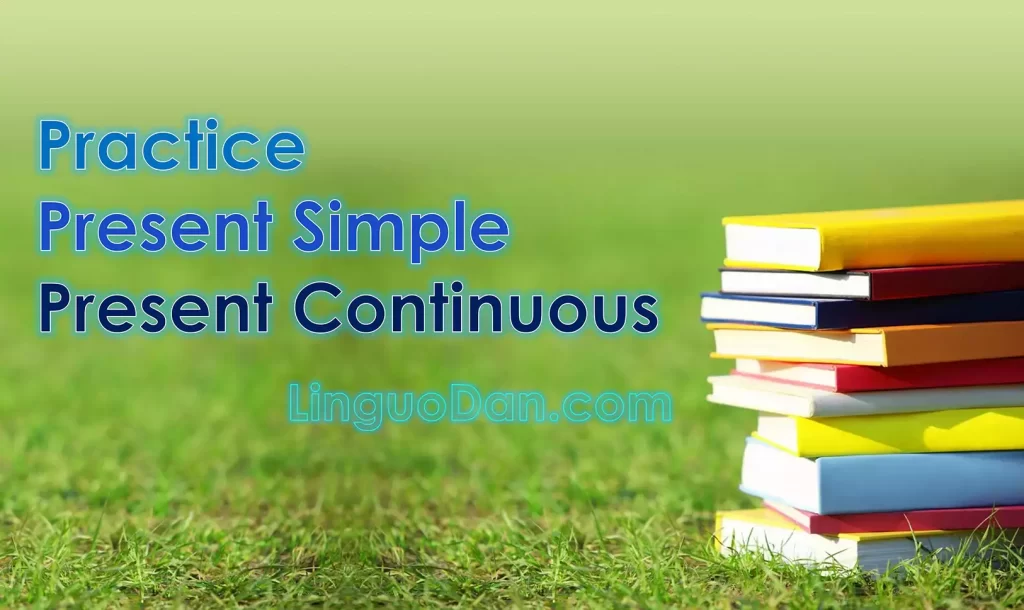Present Simple and Present Continuous: How to Use Them Correctly

Learn English Grammar: Present Simple vs Present Continuous
Present tense is the tense of a verb that expresses an action or state in the present and is used to talk about what is happening or is true at the moment of conversation, which is usual or characteristic, for example, sometimes used to refer to an action in the past, or which is sometimes used for events in the future.
There are four forms of the present tense: Present simple, Present continuous, Present perfect and Present perfect continuous. Today we will consider Present simple and Present continuous in detail, as they are the most popular and simple, especially for beginners. Present Simple is used for habits and things that always or usually. Present continuous for what is happening now. Learn more about when to use Present simple and Present continuous.
Present simple
Present simple is used to talk about facts, general truths, habits, schedules, and repeated actions. Example:
- The sun rises in the east. (fact)
- Water boils at 100 degrees Celsius. (general truth)
- I brush my teeth every morning. (habit)
- The train leaves at 10 o’clock. (schedule)
- She studies hard for her exams. (repeated action)
To form the Present simple, we add -s to the verb if the subject is he, she or it. Example:
- He plays football on Saturdays.
- She likes chocolate.
- It rains a lot in winter.
To form a negative, we use do not (don’t) or does not (doesn’t) before the verb. Example:
- He doesn’t play tennis on Sundays.
- She doesn’t like coffee.
- It doesn’t rain much in summer.
To form a question, we use do or does before the subject and the verb. Example:
- Do you play chess?
- Does he like pizza?
- Does it snow in your country?
Present continuous
The present continuous is used to talk about actions that are happening now, temporarily or over a period of time, or about future plans. Example:
- I am writing this message now. (an action that is happening now)
- He is studying for a test this week. (an action that happens temporarily)
- She is working in London until December. (an action that takes place over a period of time)
- We are going to the cinema tonight. (future plan)
To form the Present continuous, we use am, is or are before a verb ending in -ing. Example:
- I am reading a book.
- He is playing the guitar.
- They are watching TV.
To form a negative, we add not after am, is or are. Example:
- I am not reading a magazine.
- He is not playing the piano.
- They are not watching a movie.
To form a question, we put am, is or are before the subject and the verb ending in -ing. Example:
- Are you reading a newspaper?
- Is he playing the violin?
- Are they watching a documentary?
Grammar test – Present simple and present continuous
Read the sentences and choose the correct answer to fill in the blanks.
